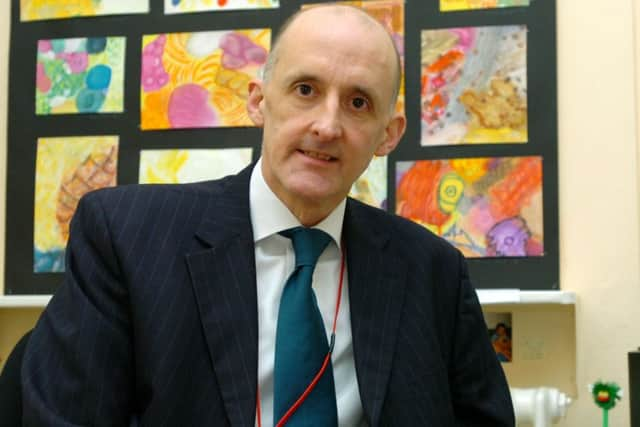Critics hit out at number of non-Bucks children passing 11-plus and ‘huge’ distances pupils travel to grammars


In the exam for 2015 entry, 78 more non-Bucks children than Bucks children passed, and in this year’s exam that figure more than trebled to 252. The gap between the pass rate of Bucks and non-Bucks children now stands at 20 per cent – 26% to 46%.
However, the man representing Bucks grammar schools points out that the number of children passing the exam in Bucks is actually up – and many of schools are located close to the county’s borders which skews the figures.
Advertisement
Hide AdAdvertisement
Hide AdThe 2016 entry pass rate for pupils at Aylesbury Vale schools is 19 per cent (355 in total), half that of children in Chiltern (397) and five per cent below those in Wycombe district (458).
New data obtained under freedom of information also shows what critics have described as ‘huge’ distances being travelled by children to Bucks grammar schools. Aylesbury Grammar School and Aylesbury High School are ‘two of the worst offenders’ with average home-school distances of 13km and 12km respectively for children in this year’s intake.
Derek Berry of campaign group Local Equal Excellent (LEE) said: “Local schools should be for local children. But children from across Bucks are being denied the chance to attend a nearby school because of the unfairness of the 11+ exam.
He said ‘rising numbers of out of county applicants impact on the test mark standardisation process and therefore on the pass results for Bucks children’.
Advertisement
Hide AdAdvertisement
Hide Ad“What LEE and parents in Bucks wish for is an equal chance for all of our children to progress to the best of their ability throughout their secondary school years. Instead we have an education gap which closes during the primary phase and then immediately increases as soon as children go to secondary schools. And selection is to blame.”
His colleague Dr Katy Simmons added: “The law states quite clearly that academies must serve pupils from the area in which they are situated. How many grammar schools are complying with this legal requirement? It cannot be right that at the same time, pressure is being put on our non-selective secondary schools to increase their intake.”
However, David Hudson, headteacher of the Royal Latin School and speaking on behalf of the Buckinghamshire Grammar Schools, said, “There is a good news story here which needs to be heard.
“More Buckinghamshire-based children than ever before have qualified and this is a tribute to the excellent teaching they have received in their primary schools.
Advertisement
Hide AdAdvertisement
Hide Ad“As these children will be in the catchment of one or more Buckinghamshire Grammar School they will be first in line for admission and certainly have priority over any children living further afield.
“It is quite true that there are significant numbers of children from outside of Buckinghamshire who are attracted to Buckinghamshire schools of all types and this is a sign of the quality of education being provided.
“It is also worth remembering that some schools are located close or very close to the county boundary – in a number of cases, therefore, the Buckinghamshire school is the nearest for an out-of-county child.
“The Buckinghamshire Grammar Schools are committed to providing opportunities for children in their communities.
“We are delighted that so many Buckinghamshire children have done so well and we will continue to work closely with all schools in the area to offer an outstanding education.”